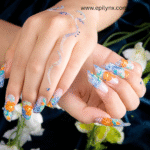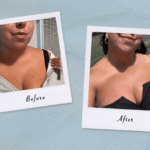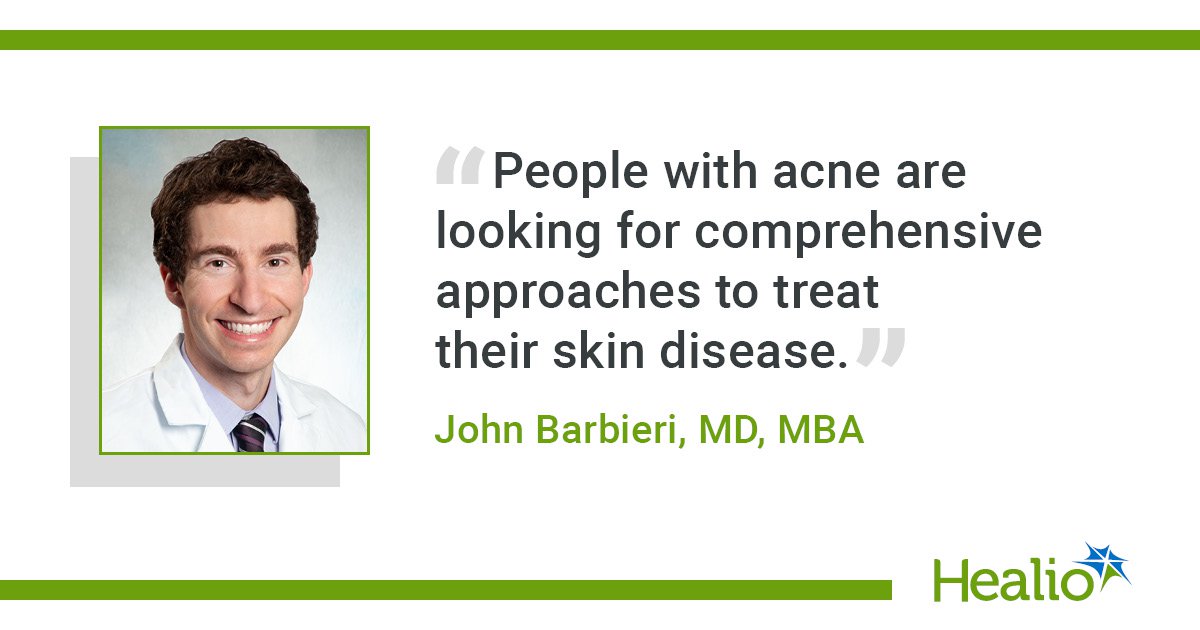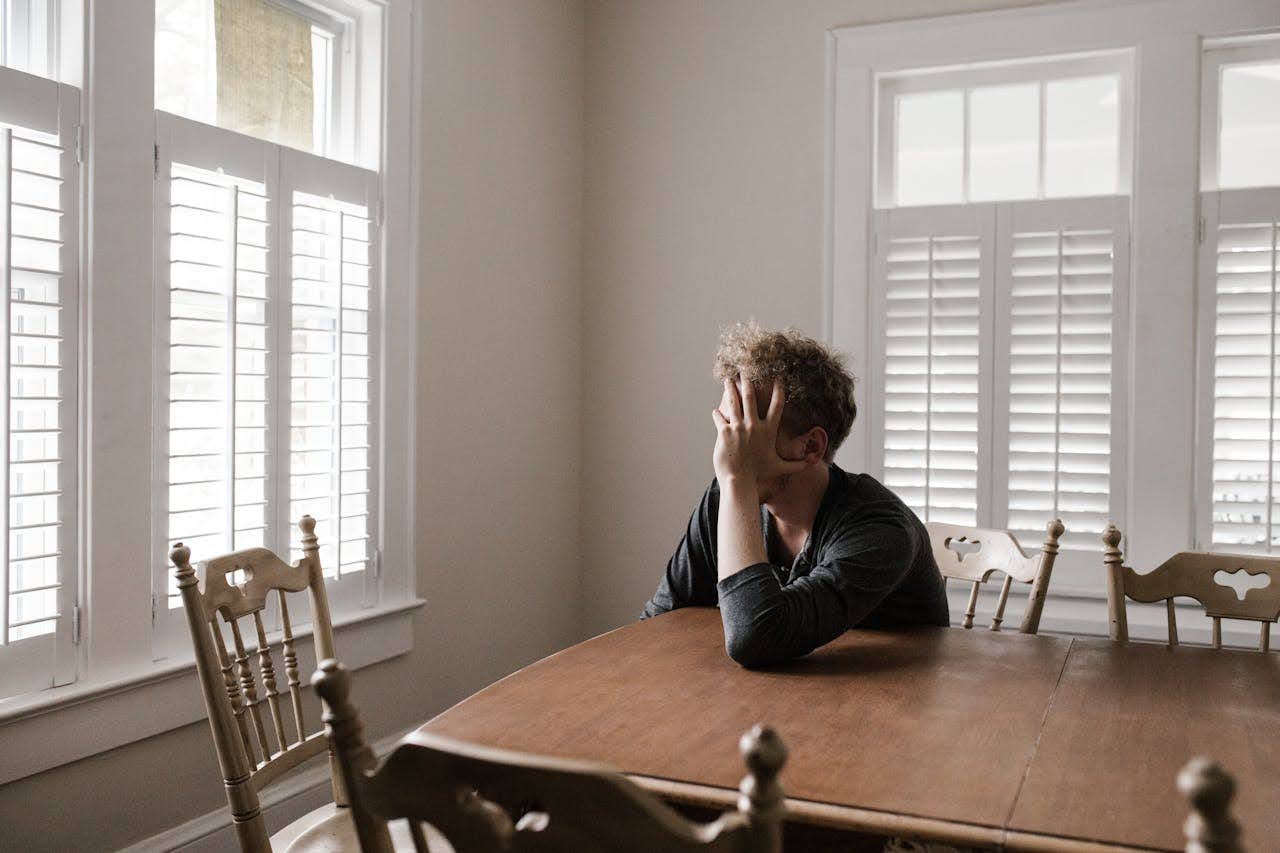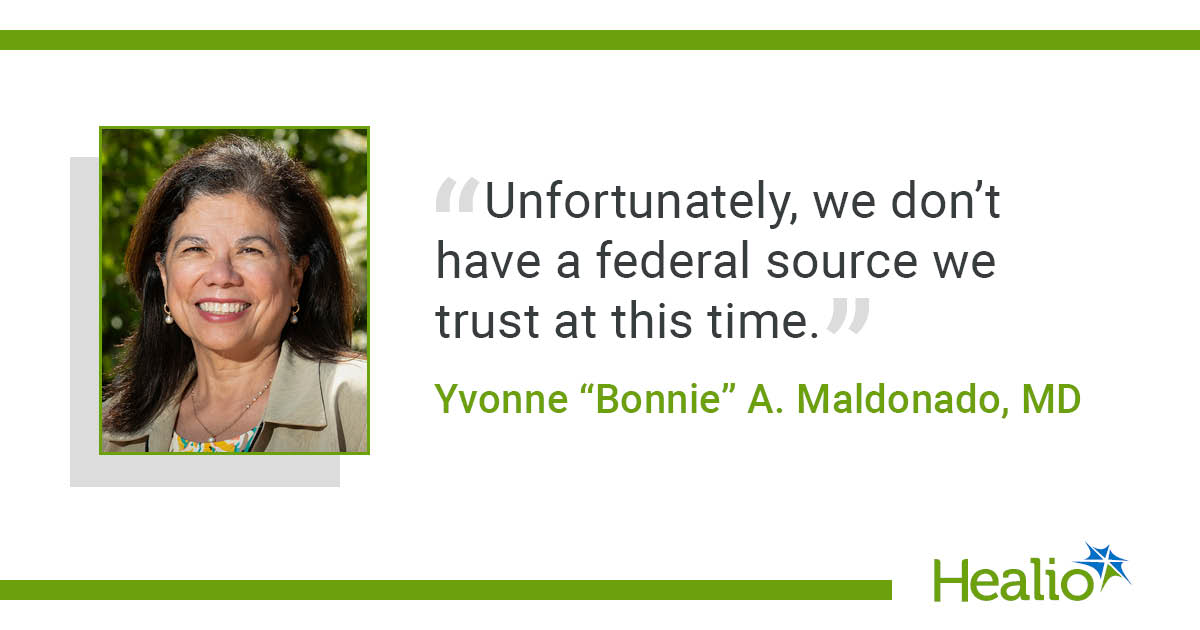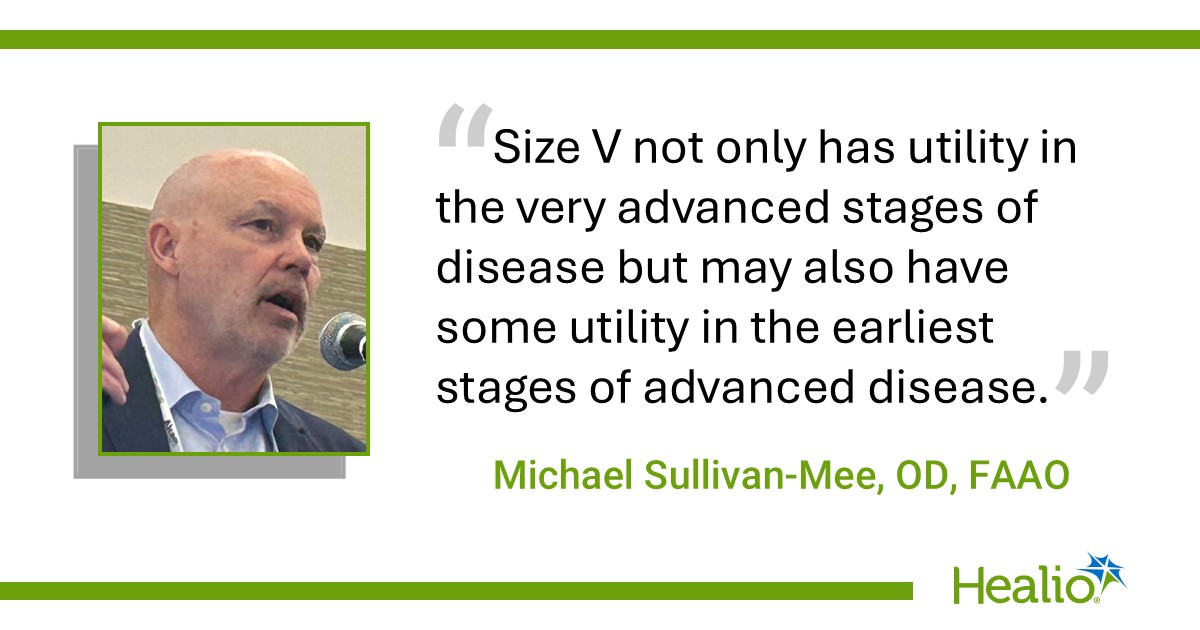August 20, 2025
6 min read
Key takeaways:
- At-home LED masks have grown in popularity for reducing acne-related inflammation.
- Studies suggest these devices may improve mild acne, especially when used as part of a comprehensive treatment plan.
At-home LED face masks, especially those that combine red and blue light, can complement prescription and over-the-counter acne treatments, but new data suggest consumers should be cautious before selecting just any advertised device.
A systematic review published in May in JAMA Dermatology demonstrated that at-home or portable LED devices are safe and effective for treating acne vulgaris, with study participants in randomized clinical trials experiencing a marked decrease in both inflammatory and noninflammatory lesions after 4 to 12 weeks of use.

In a second analysis, published in the International Journal of Dermatology, researchers analyzed 25 popular LED masks identified via the top 10 U.S. retailers, top three beauty retailers and Google searches. In that study, LED fluence — and price — varied widely, with researchers noting that none of the devices had available data from peer reviewed, randomized clinical trials to support safety and efficacy.
The findings from both papers suggest consumers should do their homework before purchasing an at-home LED mask for acne treatment, and dermatologists should inform patients about how these devices, when used properly, could fit into a more holistic acne treatment plan, John Barbieri, MD, MBA, assistant professor at Harvard Medical School and director of the advanced acne therapeutics clinic at Brigham and Women’s Hospital, told Healio.
Healio spoke with Barbieri about the most popular LED masks on the market, how their use compares against prescription acne treatments and whether more expensive LED devices bring better results.
Healio: Why is there a growing interest in at-home LED devices for acne?
Barbieri: People with acne are looking for comprehensive approaches to treat their skin disease. They are not just thinking about prescription or over-the-counter topicals and medical treatments. They are also thinking about the role of diet and nutrition and the role of things like home LED therapy or photobiomodulation, also known as low-level light therapy.
LED therapy is one of the modalities to help manage acne. There has been growing interest in this approach because it is readily accessible. You do not need a doctor to obtain one of these devices.
Healio: Can you walk readers through some of the differences between these LED products designed for home use?
Barbieri: At-home LED devices use a light-emitting diode to allow light energy to penetrate the skin. This energy is characterized by wavelength. Red is a longer wavelength; blue is a shorter wavelength. There are other colors of light that have different purported benefits. For acne, the two main colors that are used are blue and red. Both have the potential, especially blue light, to activate porphyrins and Cutibacterium acnes bacteria, which can then cause the acne bacteria to die. The light exposure leads to free oxygen radicals that kill the bacteria. So, these devices can have antimicrobial effects.
These LED devices may also have some anti-inflammatory effects and maybe even some collagen synthesis benefits, which could be helpful for those with scarring.
Healio: Studies do suggest that these devices can make a difference for people with inflammatory and noninflammatory lesions. What else does your research show?
Barbieri: We want to try to understand how well these devices work in practice because there is certainly a lot of interest there. We conducted a systematic review of all the randomized control trials of at-home LED devices for acne, using a range of different devices with varying wavelengths of light. Some devices used red and blue light. Some used only one wavelength of light. Some had higher or lower fluences of light.
What we found across the studies was that all of them showed efficacy for acne. There were a couple of trials that even included an active comparator group, like benzoyl peroxide. For those studies, the LED device seemed to be on par with, even slightly better than, benzoyl peroxide.
Now, one thing to keep in mind with these studies is if you own an LED device company and you want to conduct a trial of your device for acne and it works, you are going to publish that study. If it does not work, you might not publish that study. One concern with this kind of literature is publication bias. There might be more trials that show a positive result, and there may be many trials that show a negative result that are never released.
We tried to look for this. We did not detect any publication bias, but it does not mean it can’t be there.
Healio: What are the take–home messages of these studies?
Barbieri: I do think that these at-home LED devices can have effectiveness that might be on par with, for example, a single-agent topical like a topical retinoid or a topical benzoyl peroxide. Are LED light devices going to clear the skin of a person with moderate to severe acne? That is an unrealistic expectation. But could they provide some incremental benefit for someone who is almost cleared with a good topical regimen and is trying to avoid systemic medications or pill medications? Certainly. Could these devices serve as an alternative to medications for those who have mild acne? Certainly. We talk a lot about this idea of multimodal therapy, trying to address different mechanisms when we are treating acne in the clinic. These devices could be part of a comprehensive and holistic acne treatment plan.
We did find that devices that have red and blue light together outperform those that have only red or only blue light. When the goal is to treat acne, look for devices that have both red and blue wavelengths.
Healio: In one of your papers, you and your colleagues noted that prices for LED light therapy devices ranged from $32.99 to $1,900, with no significant correlation between cost and device fluence or radiance. How should dermatologists counsel patients interested in these devices?
Barbieri: We conducted a second analysis because most of the devices on the market today are not the ones that were in those original LED trials. We wanted to try to understand how similar or different devices on the market look from the ones that have evidence that they work in these clinical trials. We found there was some heterogeneity between devices. One of the things we noticed is that, as you point out, there was not a clear link between quality or energy of devices and cost. One might think that if you had a $2,000 device, it would have more LEDs or better ability to deliver energy than a $500 device. That did not seem to be true. There is a general lack of trials for LED devices on the market; companies are not required to conduct the same kind of clinical trials one might expect for a medication. That means we do not really know how well some of these devices work. My general advice is to aim for a device in the modestly priced range.
Healio: Are there any safety concerns to keep in mind with LED light therapy?
Barbieri: Safety is an important consideration with these devices. We tried to look at this in our review and some of the manufacturers described specifically conducting testing around eye safety. Others did not describe safety at all. You want to make sure that a device you are using either has some sort of protective mechanism in place to protect the eyes or has been demonstrated to not cause safety concerns because bright light exposure to the eyes is potentially harmful.
Healio: How should LED light therapy devices be used and combined with other acne treatments?
Barbieri: Each LED device will have its own manufacturer specifications. For example, a device that has a lot of energy coming from it per unit time may have a shorter treatment duration than one that has a lower amount of energy per unit time. There will also be differences in the number of treatments per week that are recommended by the manufacturers. I encourage people to follow the manufacturer’s specifications for the devices that they are using.
That said, I view these as complementary to other acne treatment strategies. LED light therapy can be combined with other topical treatments, like topical retinoids, benzoyl peroxide, topical antibiotics and salicylic acid. LED therapy can also be used with oral treatments for acne, like antibiotics, hormonal therapy and isotretinoin. These can also be used with other procedures or lifestyle, dietary and nutritional strategies.
LED light therapy may not be the right treatment for many people with acne, but it can be very valuable for someone looking to complement other treatments they are already using.
Reference:
For more information:
John Barbieri, MD, MBA, can be reached at jbarbieri@bwh.harvard.edu; YouTube: @DrJohnBarbieri; LinkedIn: John Barbieri, MD, MBA

